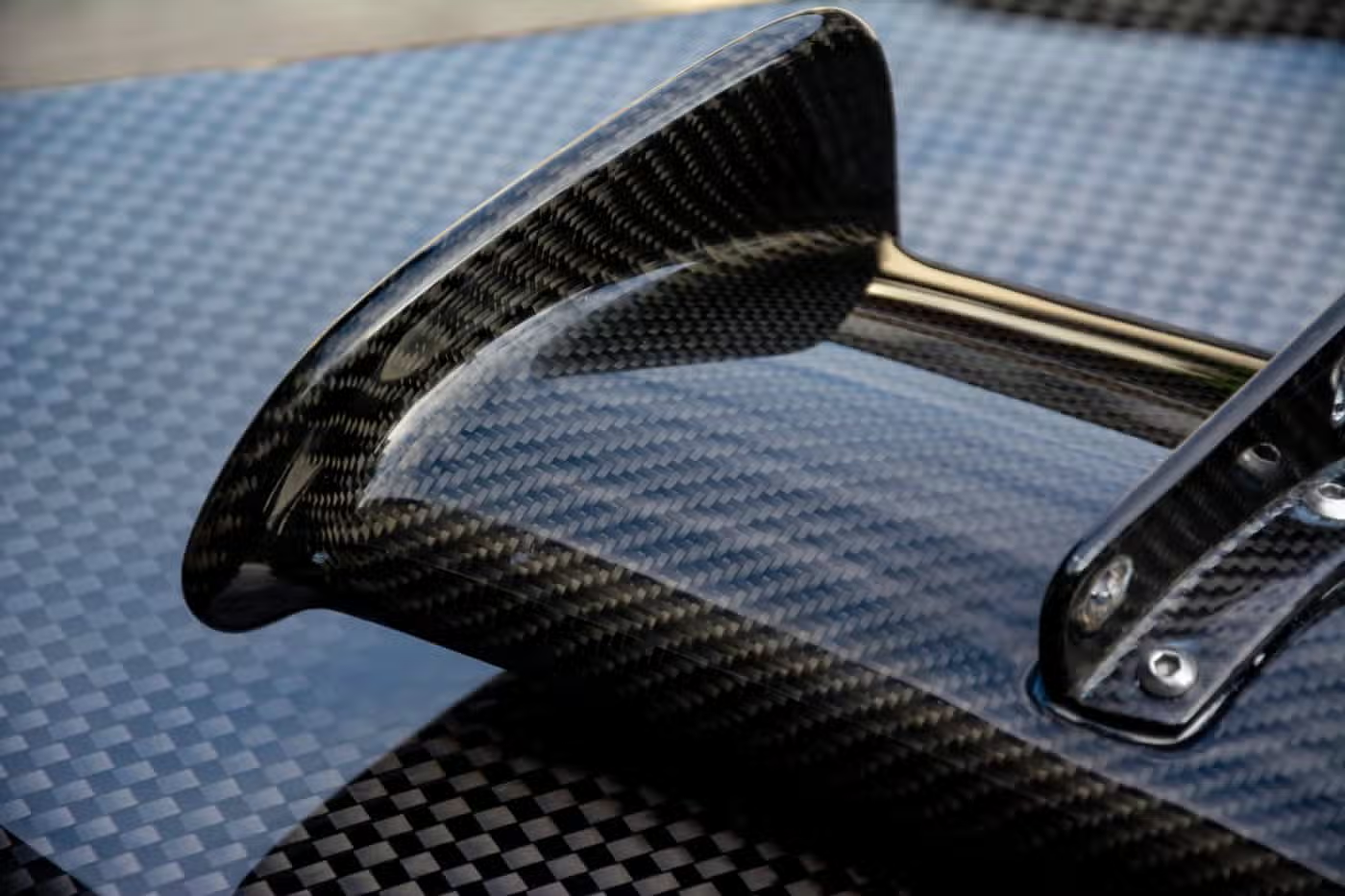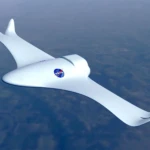Introduction: Why CFRP Defines 2024
In 2024, Carbon Fiber Reinforced Polymer (CFRP) stands as a cornerstone of modern engineering, driving innovation across industries with its exceptional strength-to-weight ratio, durability, and adaptability. From aerospace giants to automotive startups, wind energy pioneers to infrastructure engineers, CFRP is the material of choice for those pushing the boundaries of performance and sustainability. This blog post explores the current landscape of CFRP—its explosive market growth, the ongoing debate between thermoplastic and thermoset matrices, real-world applications in the BMW i3, wind turbine blades, and bridge reinforcement, and the pressing challenge of recycling.
For engineers, procurement specialists, startup founders, and multinational leaders, understanding CFRP’s role in 2024 is critical to staying ahead. We’ll also highlight how Great Light Metal Tech Co., LTD’s Prototype CNC Machining Services—powered by advanced 5 Axis CNC technology—complement CFRP applications with precision metal components, offering a one-stop solution for your next project.
CFRP Market Growth in 2024: Industries Leading the Charge
The CFRP market is surging in 2024, with analysts forecasting a global valuation of USD 56.94 billion by 2034, propelled by a 7.50% compound annual growth rate (CAGR) from this year onward. Europe remains the market leader, thanks to its robust aerospace and automotive sectors, while Asia-Pacific is the fastest-growing region, fueled by industrialization and renewable energy investments. Below, we break down the key industries driving this growth.
Aerospace—Soaring with Lightweight Solutions
- Current State: CFRP constitutes up to 50% of the Boeing 787 Dreamliner’s airframe and 53% of the Airbus A350 XWB, reducing aircraft weight by 20-25% and improving fuel efficiency by 10-12%.
- Why It Matters: With air travel demand rebounding and new aircraft designs emerging (think urban air taxis and reusable spacecraft), CFRP’s lightweighting benefits are non-negotiable.
- 2024 Insight: Procurement teams are prioritizing CFRP suppliers capable of delivering consistent quality at scale, while engineers seek precision metal components—like those from Great Light’s 5 Axis CNC Machining—to pair with CFRP structures.
Automotive—EVs and Performance Cars Take the Wheel
- Current State: The automotive CFRP market is growing at a 9.42% CAGR through 2030, with electric vehicles (EVs) leading the charge. Tesla, BMW, and Porsche are embedding CFRP into battery enclosures, chassis, and structural frames.
- Why It Matters: Lightweighting extends EV range—a critical selling point—while enhancing crash safety. The BMW i3, for instance, showcases CFRP’s potential (more on this later).
- 2024 Insight: Startups designing next-gen EVs rely on rapid prototyping. Great Light’s Prototype CNC Machining Services deliver custom metal parts in as little as 72 hours, accelerating CFRP integration.
Wind Energy—Powering Sustainability with Bigger Blades
- Current State: CFRP enables wind turbine blades exceeding 100 meters, a feat unachievable with traditional materials. Europe’s wind sector, contributing €93 billion annually, leans heavily on CFRP for its corrosion resistance and fatigue strength.
- Why It Matters: Offshore wind farms demand durability in harsh conditions, and CFRP delivers. Blades account for 20-25% of turbine costs, making material choice pivotal.
- 2024 Insight: Great Light’s CNC-machined metal fittings ensure these massive blades stay securely mounted, blending metal precision with CFRP’s lightweight power.
Infrastructure—Strengthening the Built Environment
- Current State: CFRP is transforming civil engineering, reinforcing bridges and buildings with 10 times the tensile strength of steel at a fraction of the weight. Projects in Japan, the U.S., and China highlight its rise.
- Why It Matters: Aging infrastructure needs cost-effective, long-lasting solutions. CFRP retrofitting extends lifespans by decades without heavy machinery.
- 2024 Insight: Engineers value CFRP’s ease of installation, paired with Great Light’s machined metal anchors and brackets for seamless hybrid designs.
Thermoplastic vs. Thermoset Matrices: A 2024 Comparison
The matrix in CFRP—either thermoplastic or thermoset—defines its properties, cost, and recyclability. Here’s how they stack up in 2024.
Thermoset Matrices—Strength Meets Tradition
- Technical Specs: Epoxy-based thermosets offer interlaminar shear strength (ILSS) of 80-100 MPa and withstand temperatures up to 200°C. They’re cured via autoclaves or resin transfer molding.
- Advantages:
- Exceptional stiffness and fatigue resistance.
- Proven reliability in aerospace (e.g., Boeing 787) and wind blades.
- Chemical resistance for harsh environments.
- Drawbacks:
- Brittle under impact.
- Non-recyclable due to cross-linked polymer chains.
- High production costs (autoclave setups can exceed $1M).
- 2024 Use Case: Dominant in applications where performance trumps sustainability.
Thermoplastic Matrices—Flexibility and the Future
- Technical Specs: Materials like PEEK and nylon provide ILSS of 70-90 MPa, process at 350-380°C, and skip the autoclave with techniques like automated fiber placement.
- Advantages:
- Recyclable and repairable, aligning with circular economy goals.
- Tougher under impact—ideal for automotive crash zones.
- Faster production cycles, slashing lead times.
- Drawbacks:
- Lower stiffness than thermosets.
- Higher upfront material costs (e.g., PEEK can cost $80/kg vs. $20/kg for epoxy).
- 2024 Use Case: Gaining traction in EVs and consumer goods where eco-friendliness is a priority.
Choosing in 2024
- Thermosets hold the edge in aerospace and infrastructure for their proven track record, while thermoplastics are surging in automotive and wind energy, driven by recycling mandates and cost efficiencies. Great Light’s 5 Axis CNC Machining supports both, crafting metal parts that enhance CFRP assemblies regardless of matrix.
CFRP Case Studies: Real-World Impact in 2024
BMW i3—Redefining EV Structures
- Details: The BMW i3’s Life Module, a CFRP passenger cell, cuts vehicle weight by 250-350 kg compared to steel equivalents. Introduced in 2013, it remains a benchmark in 2024.
- Technical Edge: The CFRP frame uses a thermoset matrix, offering 120 MPa tensile strength and crash resistance that rivals metal. Paired with an aluminum chassis, it’s a hybrid masterpiece.
- Impact: Range increases by 10-15%, critical for EV adoption. BMW’s CFRP expertise informs its newer electric models, like the iX.
- Great Light Connection: Our CNC-machined aluminum brackets and mounts integrate with CFRP frames, ensuring precision and durability.
Wind Turbine Blades—Scaling Renewable Energy
- Details: CFRP spars and shells in blades over 45 meters boost energy capture by 20%. A typical 100-meter blade uses 15-20 tons of CFRP, blending thermoset resins with carbon fibers.
- Technical Edge: Fatigue strength exceeds 100 MPa after 10 million cycles, vital for offshore turbines facing relentless wind and saltwater.
- Impact: Larger blades mean more power—up to 15 MW per turbine—driving renewable energy targets worldwide.
- Great Light Connection: Our machined steel and titanium fittings secure CFRP blades, engineered to ±0.005 mm tolerances for reliability.
Bridge Reinforcement—Extending Infrastructure Life
- Details: CFRP plates and wraps reinforce concrete bridges, offering 1,500-2,000 MPa tensile strength vs. steel’s 400-500 MPa. A U.S. project retrofitted a 50-year-old bridge in months.
- Technical Edge: Lightweight (1.8 g/cm³ vs. steel’s 7.8 g/cm³) and corrosion-free, CFRP slashes maintenance costs.
- Impact: Lifespan extensions of 20-30 years keep critical infrastructure operational without full rebuilds.
- Great Light Connection: Our CNC-machined steel anchors bolt CFRP reinforcements in place, blending strength with precision.
CFRP Recycling Challenges and Solutions in 2024
CFRP’s end-of-life story is complex, with 181,000 tons of waste expected by 2025. Recycling is a hurdle—but solutions are emerging.
The Recycling Problem
- Thermosets: Cross-linked resins resist breakdown, leaving landfill or incineration as default options. Only 2% of thermoset CFRP is recycled today.
- Thermoplastics: More recyclable but still energy-intensive, with limited infrastructure for large-scale processing.
- Scale: Aerospace and wind sectors generate the most waste, with blades and airframes piling up.
Cutting-Edge Solutions
- Pyrolysis: Heats CFRP to 500°C, recovering fibers at 80-90% of virgin strength. Cost: $5-10/kg, viable for high-value applications.
- Solvolysis: Uses solvents to dissolve resins, preserving fiber length. Early adopters report 95% quality retention, though scaling lags.
- Mechanical Recycling: Grinds CFRP into fillers for lower-grade composites. Cheaper ($1-2/kg) but sacrifices performance.
2024 Outlook
Recycling is shifting from a niche concern to a core priority, with thermoplastics gaining favor. Great Light supports this transition indirectly—our 100% recyclable metal parts in CFRP-metal hybrids reduce overall waste, aligning with sustainability goals.
Great Light’s Prototype CNC Machining: Elevating CFRP Projects
CFRP thrives with precision partners, and Great Light Metal Tech Co., LTD delivers. Our 5 Axis CNC Machining Services craft metal components that unlock CFRP’s full potential.
- Precision: Tolerances of ±0.005 mm ensure flawless integration with CFRP structures—think brackets for BMW frames or fittings for wind blades.
- Speed: Online customization and prototyping deliver parts in 72 hours, keeping your project on track.
- Materials: From aluminum to titanium, we machine metals that match CFRP’s lightweight strength, with full post-processing (anodizing, polishing, etc.).
- Applications: Whether you’re an engineer designing an EV, a startup scaling a wind turbine, or a leader retrofitting infrastructure, we’ve got you covered.
Conclusion: CFRP’s 2024 Legacy Starts Now
In 2024, Carbon Fiber Reinforced Polymer isn’t just dominating—it’s redefining industries. Its market is booming, its applications are proven, and its challenges are being tackled head-on. For engineers, procurement experts, and business leaders, CFRP offers a competitive edge—if you have the right partners.
Great Light Metal Tech Co., LTD’s Prototype CNC Machining Services are that partner. Ready to harness CFRP’s power? Customize your metal parts today and lead the charge into tomorrow.

















